JGSDF’s Special Training Program
Japan’s Ground Self-Defense Force (JGSDF) has a special qualification known as “Ranger” that can be obtained after completing a special training program.
JGSDF rangers are basically army rangers or commandos capable of conducting guerrilla warfare, such as infiltration and sabotage operations, while surviving in the wilderness with virtually no support.
The Ranger Program was established in the early 1950s and is modeled after the US Army’s Ranger Course. The goal is to train soldiers with combat capabilities, as well as physical and mental resilience, unparalleled to that of regular troops.
While there are several programs for different objectives, the most common one is the standard course which is conducted at the regiment level within the each division.
To take this course, soldiers must first volunteer and obtain recommendation from their superiors. After some document screening, they will go on to take paper exams, physical performance tests, and medical check-ups.
Since each program only has a capacity of around 30 trainees, only the cream of the crop are selected to become the final candidates.
Female soldiers are currently not eligible for the Ranger Program, but recent efforts to promote more women into the frontline jobs indicates that it is only a matter of time until we witness the first female rangers.
Three Months Of Hell
Those who successfully passed the entrance exams will embark on what can only be described as “hell” – a three month training period of challenging physical and mental limits.
According to actual graduates, this expression is far from an exaggeration, with every day packed with intense training, hectic schedules, and unreasonable demands.
During this period, there is no room for relaxation, and even basic necessities like eating and sleeping are considered part of training. You never know where and when the instructors will issue orders, and the trainees must respond by yelling “Ranger!” without any questioning.
Instructors are expected to play such role to push the trainees to their limits while making sure safety remains the top priority during training.
All of this is done to create a special breed of soldiers who can carry out the toughest missions and endure the most challenging circumstances where others would flee.
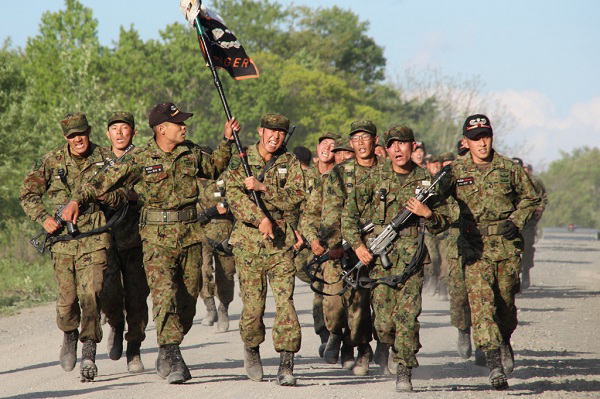 Trainees during basic training (photo: JGSDF 7th Division)
Trainees during basic training (photo: JGSDF 7th Division)
After basic training, which includes physical activities like endless push-ups, 10 mile (16 km) runs, and jumping off from high places, the trainees go on to combat survival training in the mountains. Here, they acquire basic survival expertise by eating snakes and identifying edible plants.
The scene of eating snakes and living in the mountains are often covered by the media, but Ranger candidates undergo a variety of other activities such as the following:
- Rappelling from helicopters
- Infiltration tactics using boats
- Ambush attacks
- Close quarter combat
- Sabotaging enemy supply lines and outposts
- Bridge and tunnel demolition
- Raids to capture prisoners or rescuing hostages
Through these rigorous exercises, JGSDF Rangers are expected to acquire the skills for guerrilla warfare or partisan activities.
The most challenging phase of the program is the final training mission that lasts for 3〜5 days in the mountains. During this mission, trainees are pushed to their limits as they have to walk for hours, carry heavy equipment, achieve several missions while barely getting any food or sleep.
Under such situations where normal people would likely pass out, they must rely on each other or sheer willpower to accomplish the almost impossible missions.
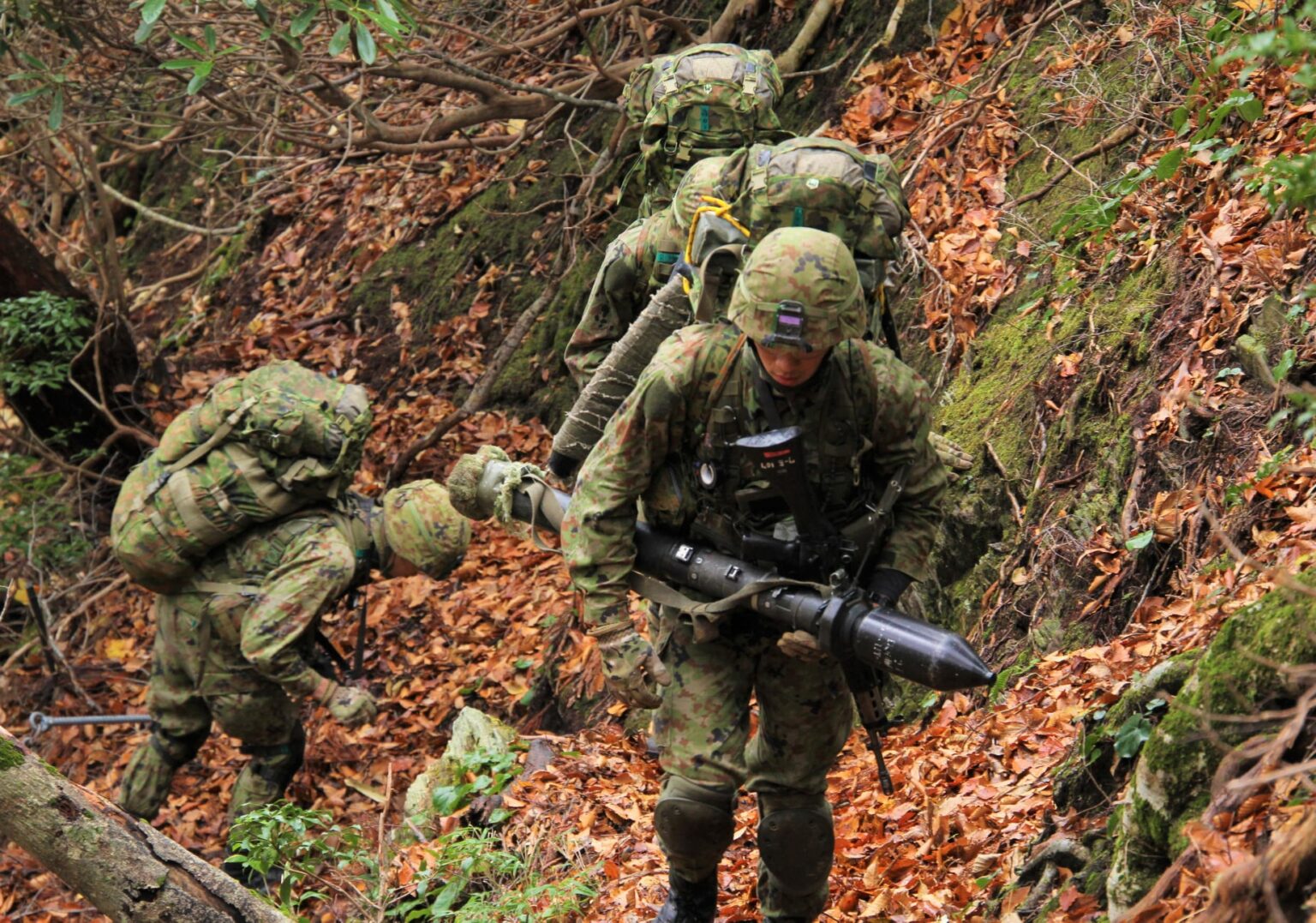 Ranger trainees in the mountains (photo: JGSDF)
Ranger trainees in the mountains (photo: JGSDF)
Upon successfully completing this final challenge, the trainees finally return to base where they are greeted by their colleagues and family. A homecoming ceremony is held to award them with the long-awaited Ranger badge, symbolizing the unmatched pride as the design features a diamond representing fortitude along with laurel leaves for victory.
Other Ranger Qualifications
So far, we have looked into the standard course, but as mentioned earlier, there are other Ranger courses as well.
One of these is the “Airborne Ranger Course” – a specialized program focusing on parachuting mostly reserved for members of the 1st Airborne Brigade.
Another course is the “Winter Ranger Course” designed for guerrilla-style warfare in the snow using skis.
Lastly, there is the “Officer Ranger Course” which is designed to train the instructors who will lead each Ranger course. This program is exclusively for officers and puts emphasis on teaching methods compared to the standard course.
As such, there are multiple courses for different purposes, and Ranger graduates make up approximately 8% of the 137,000-strong JGSDF.
Those with Ranger qualifications are highly regarded within their units and serve as the backbone in times of need. For instance, during the recent Noto Peninsula earthquake, it was mainly the Rangers that carried supplies through collapsed roads and dense mountains to isolated areas.
So, what are the benefits of being a Ranger?
Surprisingly, the Ranger badge is just a qualification and does not come with any specific benefits. There are no additional allowances or bonuses to the salary, though airborne troops receive extra pay based on parachute drops or special operations.
But, the majority of Rangers strived for the badge to gain pride or challenge their limits rather than actual benefits.


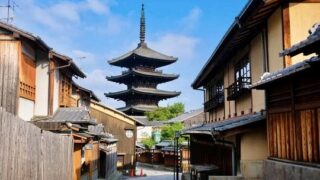




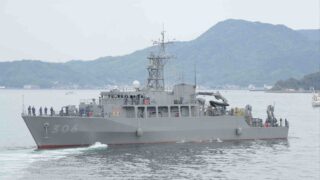
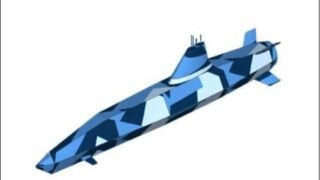


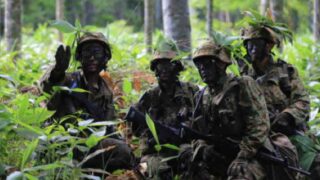
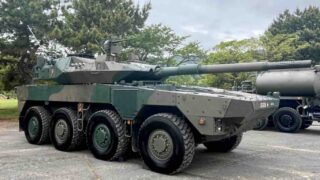


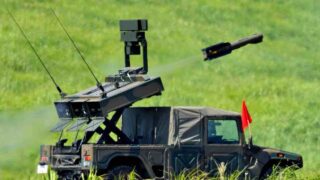
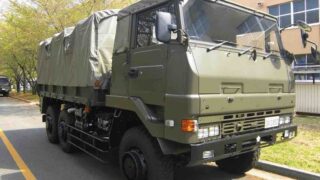
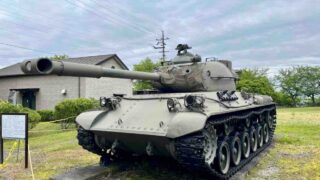
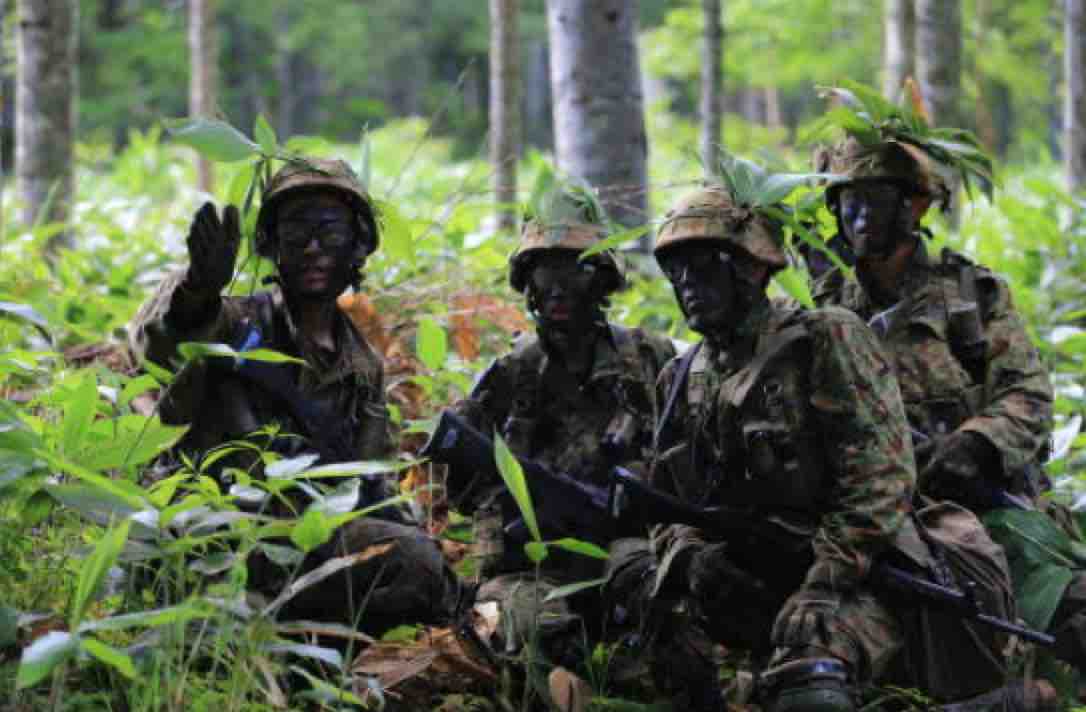
Comments